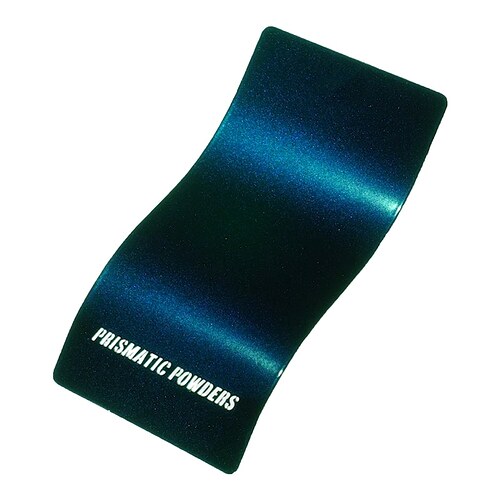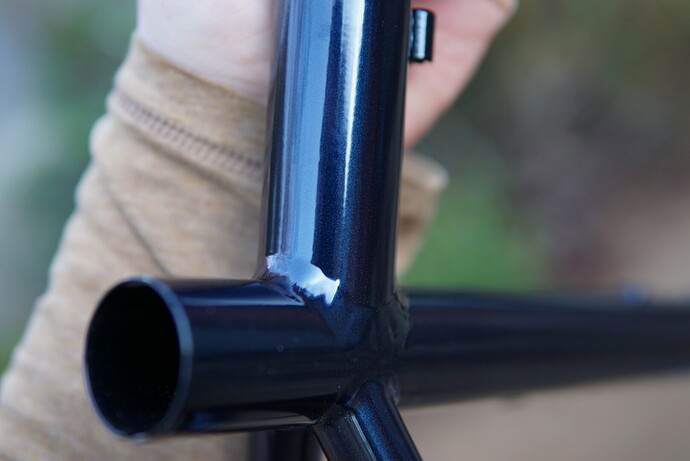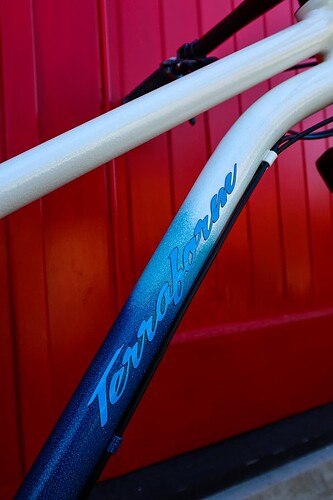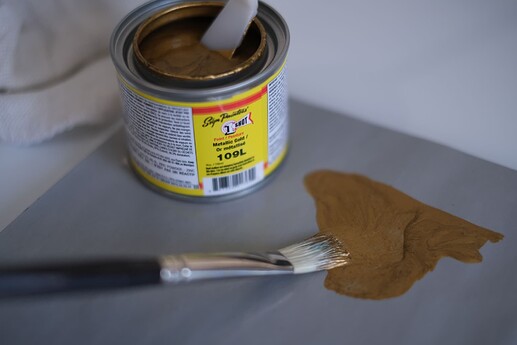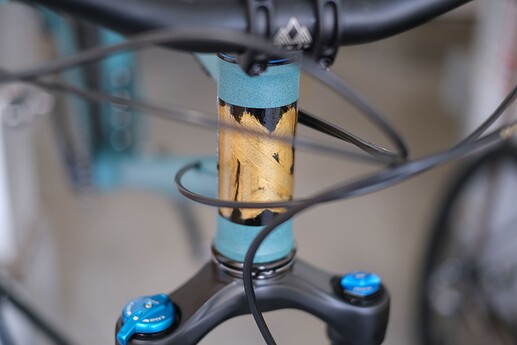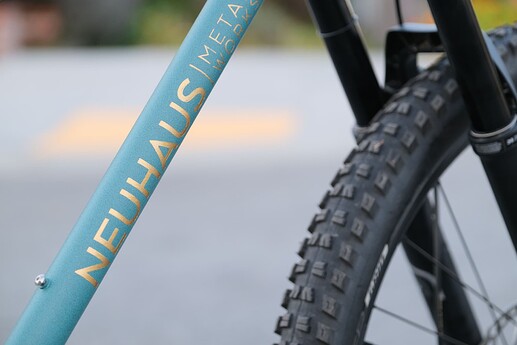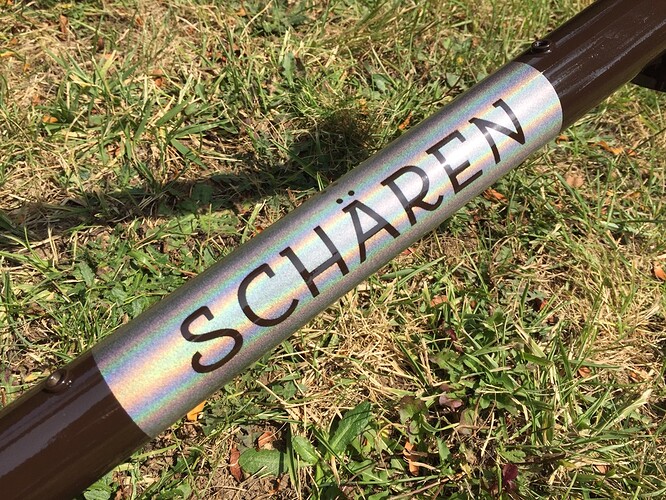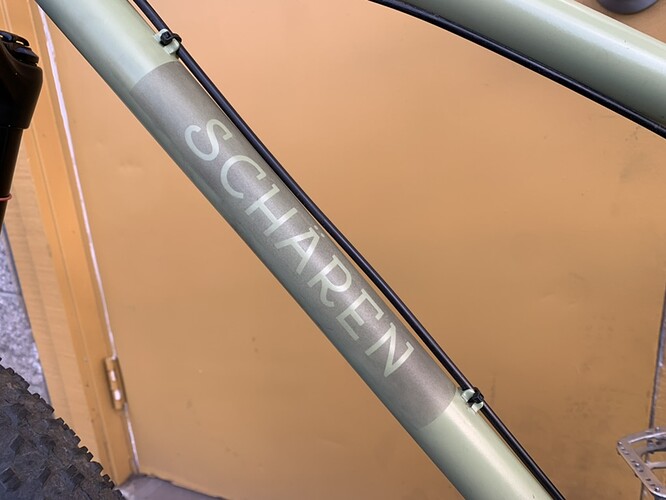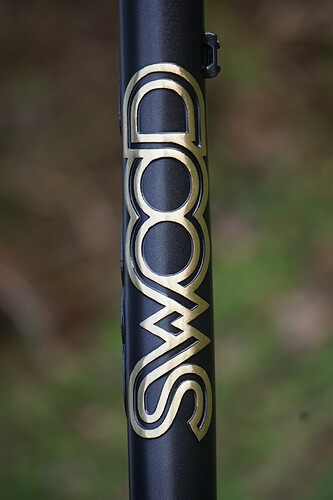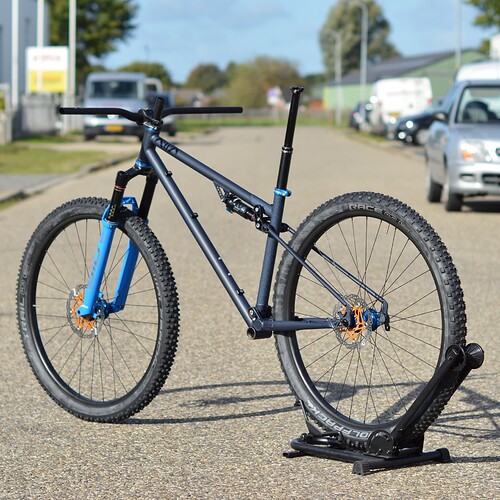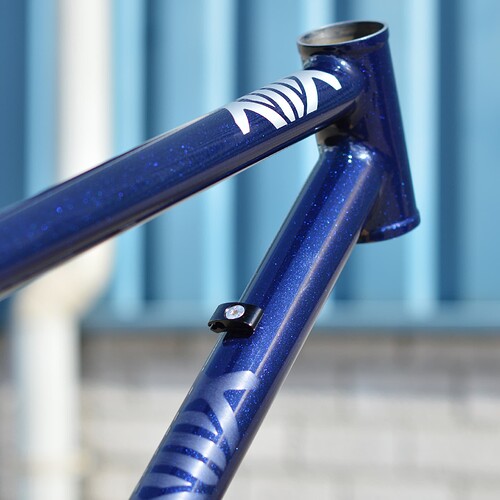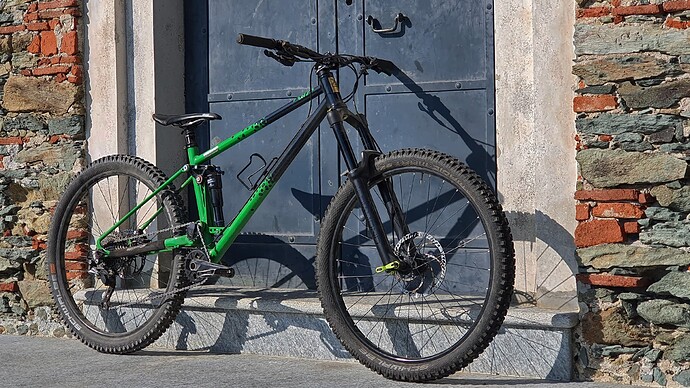Let’s discuss best practices and experiences with getting frames/forks/racks powder coated professionally OR when doing it yourself (I’d love to build an oven…)
-
what instructions do you give your powder coater?
-
what frame/fork building steps do you leave for after powder?
-
how do you do logos/lettering on your frames/forks? Does the powder coater use vinyl to powder coat in the design and then clear over it? Seems like many powder coaters don’t do this type of stuff.
-
best powder coat options for durability while still looking good?
-
etc…
I’ll start with my experience, but feel free to discuss powder coating more generally.
I recently had my first experience getting a frame and fork professionally powder coated. The shop I used does not specialize in bikes. They were well reviewed in general and a few people had good things to say about getting bikes done there on google reviews. We went with Prismatic Powders Misty Midnight.
This is a single step powder (don’t need a base coat or clear coat) and they specified a double coating. Other specifics we agreed on were:
-
don’t protect the threads of bottle bosses/rack mounts
-
don’t worry about protecting the dropouts (I used the PMW utility dropout)
-
allow powder to get down in the seat tube neck. I did this because I used this Dedaccia seat tube that utilizes an aluminum shim to fit a 27.2 seat post and I was unhappy with how loosely the shim fitted. I had already reamed the seat tube at this point.
-
protect the interior of the head tube - I had already reamed and faced it
-
I said don’t worry about protecting the BB shell, thinking I would easily face and chase any excess powder coat off, but they said they use rubber plugs on the bb shell, I believe for holding the frame while powdercoating, not sure.
Here’s how it turned out, sorry about the poor lighting.
To my inexperienced eye the results were impressive, however if you run your finger along the tubes there are a few little lumps of what I assume could be clumped powder nuggets.
The threads were easy to clean up with a tap, so I was happy with having some extra protection there. The play of the seat tube shim was greatly reduced by getting the powder in there, so happy with that.
The dropout inserts most definitely did not fit after getting powder on the mating surfaces, so I had do a fair amount of powder removal on the dropouts, but it was not too difficult due to the simple shape. I reckon it would be a pain if I was using Paragon’s round dropouts and the derailleur hanger wouldn’t fit.
This particular powder doesn’t strike me as super durable so I’m wondering what the best options are for achieving maximum durability? Would doing a clear powder over this be a good solution?
